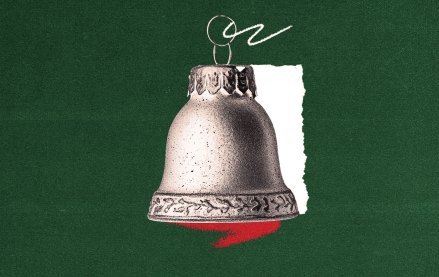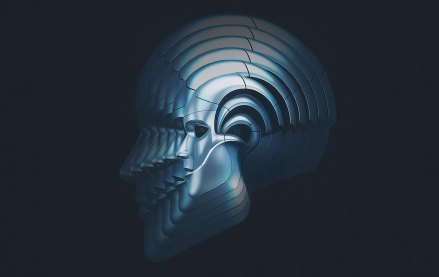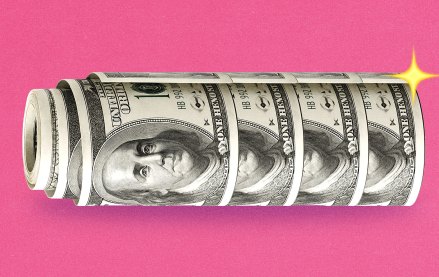Join us Dec. 1-3 in New Orleans for the Digiday Programmatic Marketing Summit
Maybe this time, they’ll get lucky: Why marketers believe in mascots again

In this saturated market, brands are hoping new mascots will tickle consumers’ nostalgia and help them stand out from the competition.
In the last few months, Domino’s pizza launched Mac Scott, a penne-shaped mascot, fast-casual restaurant chain Cava rolled out Peter Chip, a pita chip with googly eyes, and candy brand Hi-Chew introduced Chewbie, the brand’s first official, self-described “ambiguous mascot with a big personality.” This is after Instacart’s first-ever Super Bowl ad this year featured notable brand mascots like Chester Cheetah, the Old Spice man, Mr. Clean, the Energizer Bunny, and the Kool-Aid Man.
“They make more sense now than they ever did because everyone’s attention spans are getting shorter and shorter and there’s so much more saturation in the market,” said Colleen Masters, executive creative director at Aloysius Butler and Clark ad agency.
Beyond a saturated digital marketplace, brands are navigating economic uncertainty amidst tariffs and political changes. There’s also the so-called culture wars that brands are actively trying to side step, especially after the Bud Light fiasco in 2023 left marketers paying closer attention to any marketing that could be deemed “woke.”
The remedy might be in mascots, at least for some brands, according to Masters and two other creative marketers Digiday spoke with for this story. Especially as brands have been pushing for apolitical influencers to avoid backlash in light of the current cultural and political climate.
“Mascots also allow brands to almost have an alter ego to some degree,” said David Tann, founder and CEO of Tantrum Agency creative shop. “They also allow a brand to express themselves in a way that sometimes some brands can’t, or tap into a piece of the brand that is more lighthearted in nature.”
Some recent brand mascots have resonated. Think Duolingo’s Duo the Owl that has been the brand darling of social media for the last few years thanks to its so-called unhinged content strategy. There’s also the time Planters killed Mr. Peanut and resurrected him as Baby Nut, sparking think pieces from Eater and social media buzz. Earlier this year, Duolingo pulled a similar stunt, killing the big green owl and drumming up coverage including across NPR and TechCrunch.
That emotional attachment is something marketers hope will help shoppers spend more with the brand, said Rachael Kay Albers, creative director and brand strategist at RKA Ink, a branding and marketing agency. “Where consumers are feeling more and more reticent to part with their dollars, can a mascot make them feel more comfortable doing so? Yes,” she said.
While it’s unlikely a shopper makes a purchase explicitly because of a brand mascot, a humanized element of the brand can soften the transaction, building an affinity between brand and shopper, making it easier to spend, she added.
Domino’s gained 10,000 new followers on social in one day after launching its mascot, Mac Scott in October, according to a spokesperson for the pizza chain. Domino’s was looking for an authentic and relevant way to show up on TikTok, Kate Trumbull, Domino’s evp and CMO, told Digiday on the Digiday Podcast. Mac Scott was part of the answer to that. “What used to work in advertising does not work [now],” Trumbull told Digiday.
Brand mascots aren’t a new phenomenon, but a cyclical one, said Tann. For example, after almost two decades of absence, the infamous Spongmonkeys made a return to Quiznos sandwich shop marketing strategy back in 2023. Even Domino’s had Noid back in the 80s and 90s before briefly bringing the Hamburgler-style mascot back briefly in 2021. (The Noid fell out of the cultural zeitgeist after a man named Kenneth Lamar Noid held up a Domino’s for five hours, believing the ads were aimed at him.)
“Because of the way the world is headed, people are looking for simple things that they can latch onto, that brings some joy and happiness,” Tann said.
More in Marketing

The chance to win the holiday marketing season has already come and gone, per Traackr’s holiday report
The influencer marketing platform tracked the top brands according to VIT, Traackr’s proprietary metric for visibility, impact and trust.

The EU’s Digital Omnibus offers relief for ad tech, but hands more power to Big Tech and AI agents
What it means for GDPR, ad tech and the online media industry as a whole.

Future of Marketing Briefing: Bold call – the legacy influencer agency doesn’t fit the new market
The influencer shops that once drew investor enthusiasm are now ceding ground to tools that promise scale, predictability and a cleaner margin story.







